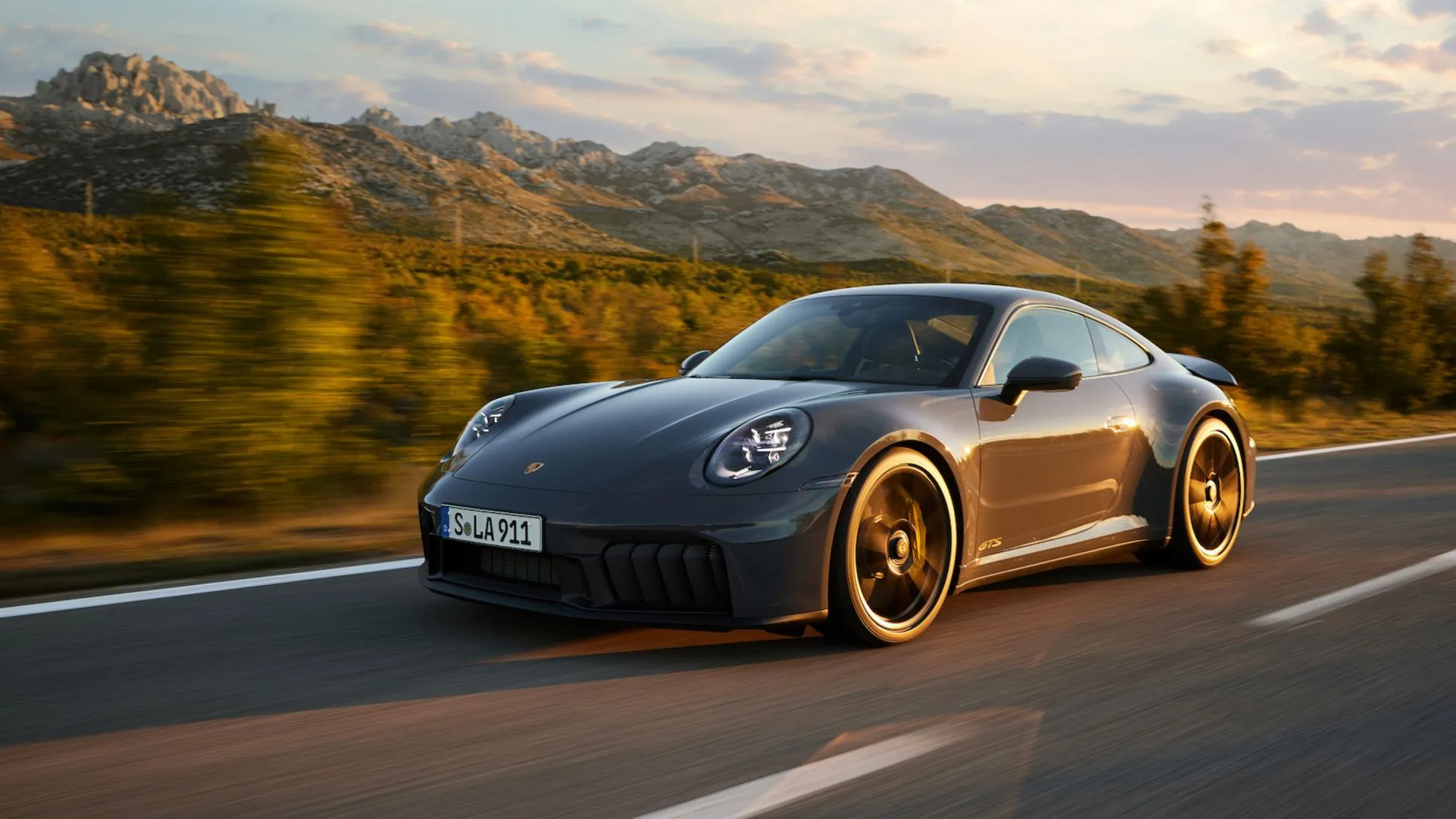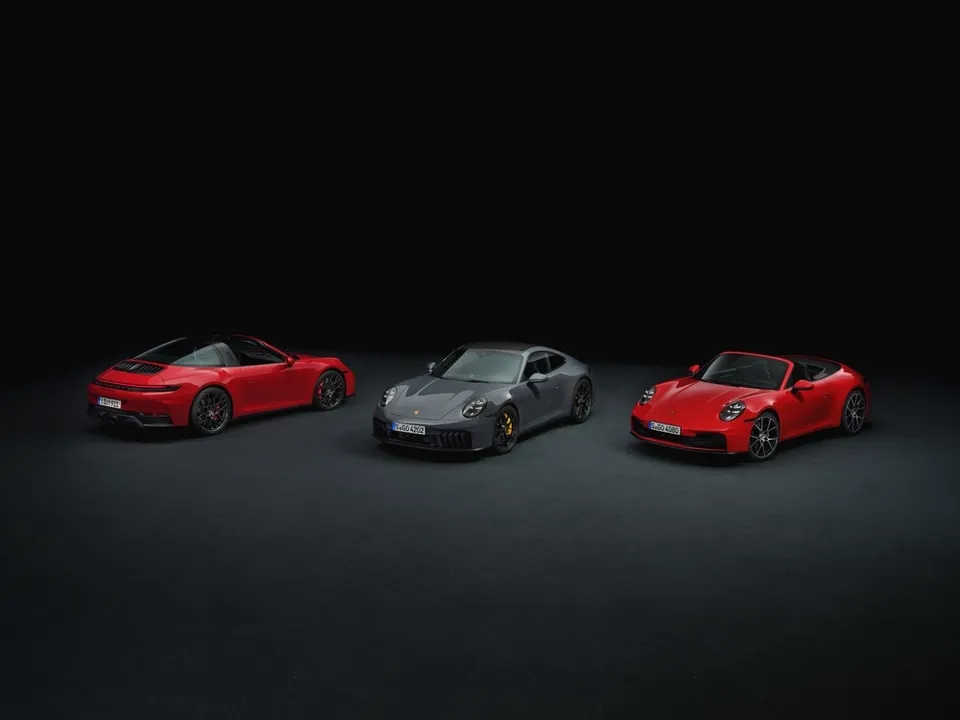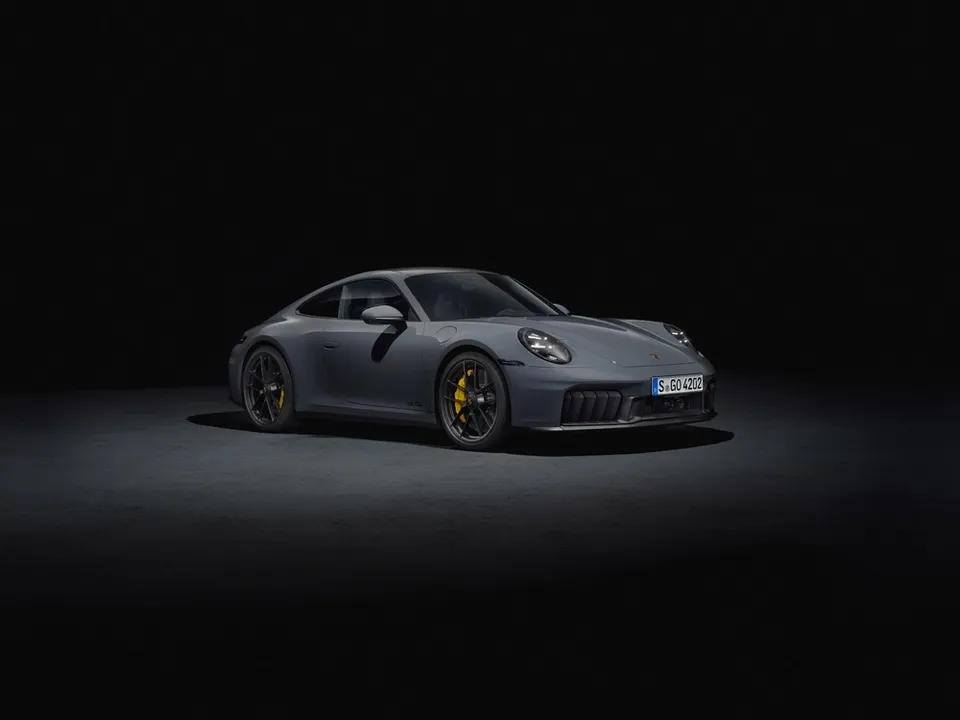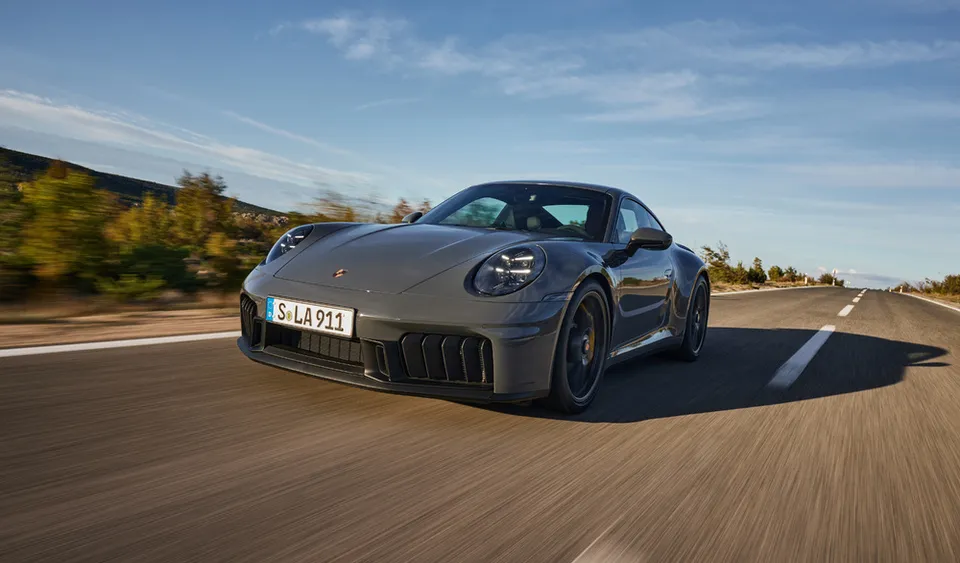

The 911 will have kept its internal combustion engine intact for many years. This time, evolution takes precedence over tradition and offers us the first hybrid 911 in history. This new engine appeared during the restyling of the 992 generation, and this in only one version, the GTS.

After a large number of its competitors, such as the Ferrari SF90, 296 or even the Lamborghini Revuelto and Mclaren Artura, the Porsche 911 is giving way to hybridization. However, and unlike its competitors, the 911 only accommodates partial hybridization within its mechanics, with the aim of improving performance and responsiveness. This novelty appeared during the presentation of the restyling of the 992 generation, in which the brand presented the 992.2 Carrera and the 992.2 GTS. The hybridization chosen is not like any other currently used on the market. Called “T-Hybrid”, it aims to improve performance and reduce polluting emissions, while maintaining trunk and rear seat space and limiting weight gain. To do this, it is impossible to add a complete electric motor unit and a floor-level battery. The solution chosen is much less invasive.

There are two electric motors in total. The first engine takes place within the single turbo, now called eTurbo, between the compressor wheel and the turbine wheel. It produces driving force at low speed to eliminate the delay in triggering supercharging, and acts as a generator at high speed to recharge the battery, or to supply energy to the second electric motor. The 400V battery, which is relatively small, discharges and charges very quickly according to the normal operation of the vehicle, therefore evolving independently. In addition to this device, Porsche has a second electric motor within the PDK gearbox housing, according to the operation used on the Panamera and Cayenne E-Hybrid. This second engine provides 54 horsepower and 150 Nm of additional torque. The 3.6L Flat 6 and its electrical improvements then provided 541 horsepower and 610 Nm of torque. Performances from 0 to 100 km/h are announced in 3 seconds, 0.4 seconds less than its predecessor.

In terms of design, the 992.2 Carrera GTS includes some changes. The air intakes have been redesigned and include adaptive air intake flaps. The rear end looks more muscular thanks to the lower part painted in satin black and the integrated oval exhaust outlets. The rear cover grill is even more optimized for cooling air flow, and the rear end is redesigned with a transparent taillight strip, making this 911 GTS appear even wider. The hybrid version is easily recognizable among all of them, especially thanks to the front air intakes.

It should be noted, despite the use of hybrid technology, that the penalty of €60,000 applicable in France still concerns this 911 GTS. Since hybridization is not enough to make the penalty disappear, French customers will have to pay around €200,000 for this 992.2 GTS, i.e. a price similar to that of the 992 phase 1.

The safety of your exceptional car is one of the foundations of Carsup. Our concierge services have been designed to offer a very high level of protection. Multiple cameras, controlled accesses, name badges, secure gates, and the regular presence of our Area Managers: these are all elements that guarantee total peace of mind when your car is stored. But because the trust you place in us does not exclude more control, we are now deploying a complementary security system: Guardian Tracker.
Does destiny exist? A vast, almost philosophical question that engineers and Maserati enthusiasts would unhesitatingly answer in the affirmative. Founded in 1914 in Bologna by the Maserati family, the brand went from a simple mechanical workshop working on Isotta-Fraschini to a real competition department in a few years. In 1926, the Type 26 was born, the first homemade creation and the first to feature the Trident inspired by the Neptune Fountain in Bologna.
There is always that little hesitation when preparing for a trip. The desire to take your exceptional car, to enjoy every kilometer, to make the road an integral part of the experience... and, at the same time, the constraints. The logistics, the risks, the uncertainty of arriving serene. Too often, we give up, leaving our car where it is, sheltered but immobile. This is exactly where Carsup is changing the situation. Travelling in your car should never be a cause for concern, but a simple and smooth pleasure.
Didn't find the answer you were looking for?
Contact us, and an expert will respond promptly.